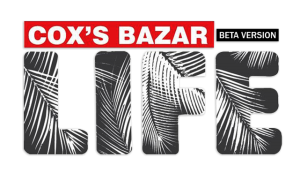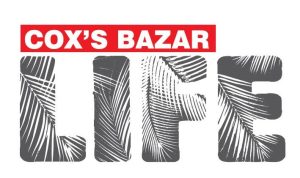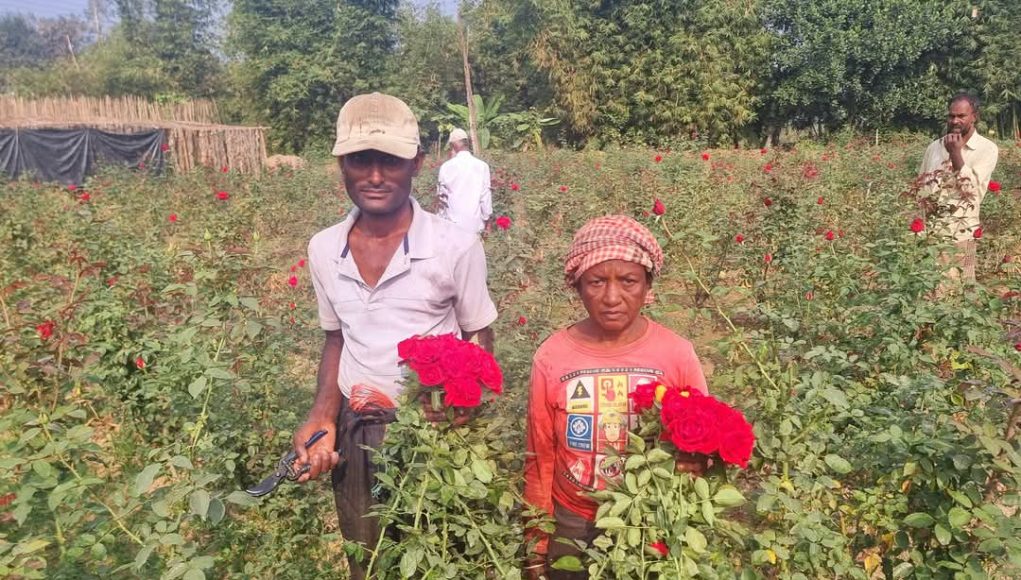As spring approaches, nature is bursting with vibrant blooms. With Valentine’s Day just around the corner, the demand for roses—symbolizing love—is soaring.
Seizing this opportunity, flower farmers in Borotoli and Harbang unions of Chakaria, popularly known as Golap Nagar (Rose City), Cox’s Bazar are preparing to supply hundreds of thousands of roses to markets across the country. This year, too, they expect sales to exceed one crore taka.
Peak Season for Rose Sales
According to farmers, roses see high demand during Valentine’s Day, International Mother Language Day (February 21), Independence Day (March 26), Bengali New Year (April 14), First Day of Spring, and Victory Day (December 16).
During these occasions, each rose sells for 8 to 15 taka. In Borotoli alone, villages like Upar Para, Namar Para, Khairati Para, Notun Rastarmatha, and Maiz Para are filled with vivid red rose gardens.
200,000 Roses Harvested Daily
The Chakaria Upazila Agriculture Office reports that Borotoli Union produces an average of 200,000 roses per day.
Ninety percent of these are supplied to flower shops in Cheragi Pahar, Chattogram, while the rest are sold in local markets in Chakaria and Cox’s Bazar.
S. M. Nasim Hossain, the Chakaria Upazila Agriculture Officer, revealed that Borotoli cultivates roses on 105 acres of land, spanning across 103 gardens.
Currently, around 1.3 million roses are in full bloom, with at least 400,000 set to be harvested on Valentine’s Day alone.
Market challenges and a need for government support
Despite high seasonal demand, farmers struggle with low prices during the rest of the year.
The growing popularity of artificial flowers has also put pressure on the natural flower market.
Stakeholders believe that to sustain commercial rose farming, proper preservation methods and market expansion strategies must be implemented—with stronger government support being essential.
By Abdur Rashid Manik
File Photo










